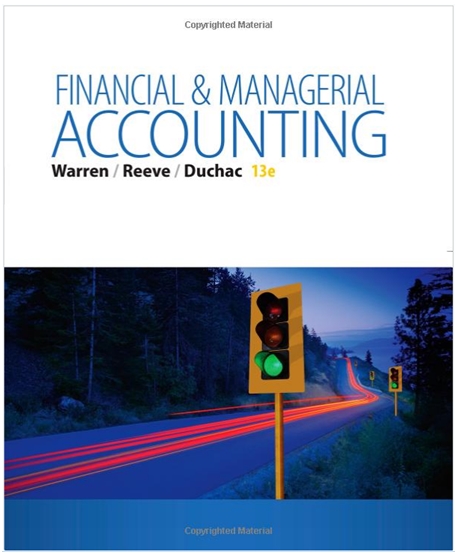Question
On January 31, 2021, Parent Inc. purchased 90% of Sub Inc., issuing common shares of Parent with a market value of $400,000. Costs were $10,000
On January 31, 2021, Parent Inc. purchased 90% of Sub Inc., issuing common shares of Parent with a market value of $400,000. Costs were $10,000 to issue the shares and $16,000 of other legal costs.
Parent and Sub Inc had the following balance sheets on January 30, 2021 immediately following the acquisition:
|
| Parent Inc. | Sub Inc. | Sub Inc. |
|
| (carrying value) | (carrying value) | (fair value) |
| Cash | $1,200,000 | $300,000 | $300,000 |
| Accounts Receivable | $ 400,000 | $ 64,000 | $ 64,000 |
| Inventory | $ 240,000 | $ 80,000 | $ 60,000 |
| Plant and Equipment (net) | $ 960,000 | $350,000 | $300,000 |
| Accumulated depreciation | ($100,000) | ($94,000) |
|
| Trademark |
| $ 20,000 | $ 36,000 |
| Total Assets | $2,700,000 | $720,000 | $760,000 |
| Accounts Payable | $1,500,000 | $300,000 | $300,000 |
| Bonds Payable | $ 600,000 | $240,000 | $210,000 |
|
|
|
| $510,000 |
| Common Shares | $ 500,000 | $ 60,000 |
|
| Retained Earnings | $ 100,000 | $120,000 |
|
| Total Liabilities and Equity | $2,700,000 | $720,000 |
|
Required:
-
- Calculate goodwill and non-controlling interest on the transaction using the FVE method.
- Prepare the journal entries
- that would be booked in Parent Inc. from the acquisition
- the consolidation entries needed
- Prepare the consolidated balance sheet on January 31, 2021 immediately following the acquisition using the worksheet approach.
- Start with Parent & Sub entity statements.
--Include in your Parent stmt the entries from (b)(i).
- Include Debits, Credits columns showing the adjustments from (b)(ii), including reference#s to each journal entry
| Parent Inc. | Sub Inc. | Ref# | Debit | Ref# | Credit | Consolidated B/Sheet |
Step by Step Solution
There are 3 Steps involved in it
Step: 1

Get Instant Access to Expert-Tailored Solutions
See step-by-step solutions with expert insights and AI powered tools for academic success
Step: 2

Step: 3

Ace Your Homework with AI
Get the answers you need in no time with our AI-driven, step-by-step assistance
Get Started


